
|
Machu Picchu
LOST CITY OF THE INCA EMPIRE IN PERU
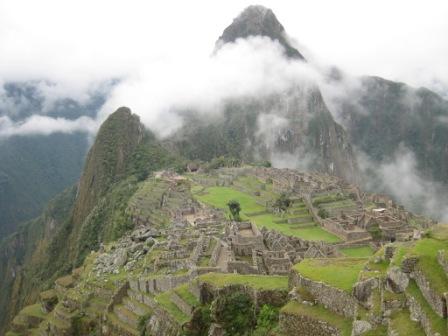
Introduction High in the Andes mountains, 70 miles from Cusco in Peru and 7500 ft above sea level, is the lost Inca city of Machu Picchu. The site is now so famous it has been named one of the seven wonders of the world. Every year a million tourists from all over the wordl come to visit the city. It was built around 1450 when Inca power was at its highest.
|
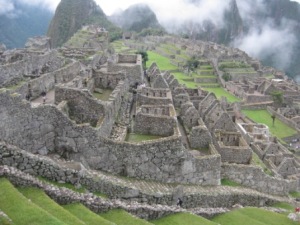 |
|
| The city is on a promontory high above the Urubamba river and valley, with superb views of the surrounding mountains. The architecture was of precision cut dry stone walls. This made the city very resistant to earthquakes - a very important feature of the region. This probably explains why the city has survived so much intact over all the years. | 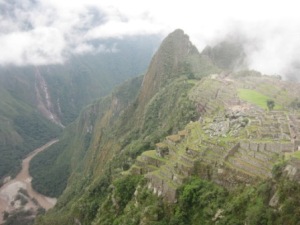 |
|
| The Incas built more than 14,000 miles of roads, 600 terraces, thousands of steps, several temples, 16 fountains (sometimes using up to 20 tonsof stones) | 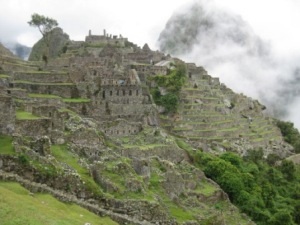 |
|
Stone splitting There used to be a lot of uncertainty on how the Incas managed to cut such massive stones. In recent times it has now been confirmed that they used a simple scientific phenomenom of water expansion when forming ice. The technique involved chiselling small slits in the stones at intervals and filling with water. At night when the evening cooled to freezing, the water would freeze to ice and expand. The forces involved in such expansion are so great that the stones were split! |
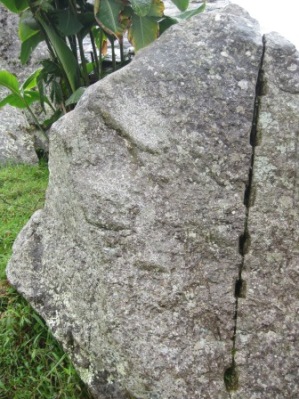 |
|
The sheer scale of the farming terracing makes it clear that the Incas were self-sustaining. If you were at 7500 ft high in the Andes, you could not easily get supplies from nearby towns, there weren`t any! |
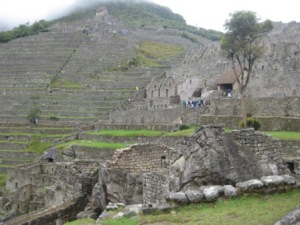 |
Othe interesting places like Machu Picchu SLIDESHOW OF MACHU PICCHU
|
Copyright © and TM 2007-2024 fun-learning-spanish.com |
